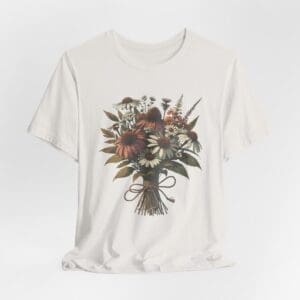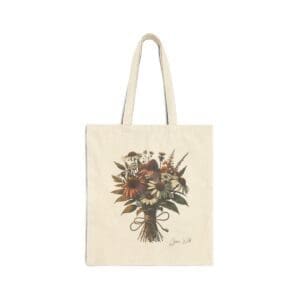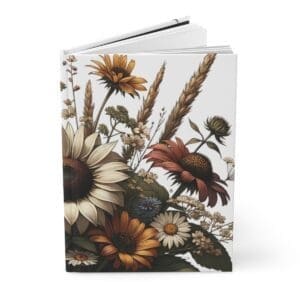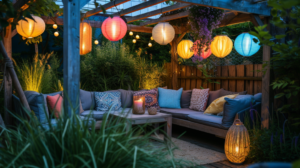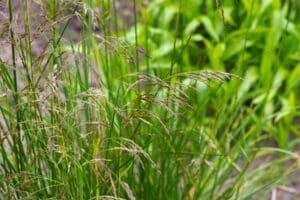Wild gardens, also known as naturalistic gardens, have become increasingly popular in recent years due to their low-maintenance requirements and benefits for local ecosystems. Unlike traditional manicured gardens, wild gardens aim to recreate the beauty and biodiversity of uncultivated natural spaces. Perennial plants are an excellent choice for wild gardens, as they require minimal care once established and attract pollinators and other wildlife. This comprehensive guide will explore how to choose, design with, and care for perennial plants to create a thriving wild garden.
You might also be interested in: Ornamental Grasses for Wild Gardens
Tips For Choosing Perennial Plants for Wild Gardens
- Hardiness – Choose plants suited to your climate zone and microclimate. Select perennials rated for your area’s lowest temperatures.
- Growth habit – Consider the mature size and growth habit. Choose plants that fit the scale of your garden.
- Growing conditions – Select plants suited to the sunlight, soil type and moisture levels of your site.
- Native plants – Native perennials are ideal, as they are adapted to local conditions. They support local ecosystems.
- Invasive plants – Avoid aggressive perennials that could become invasive. Do not use plants labeled invasive in your region.
- Regional flora – Consult local nurseries or native plant groups on the best perennials to complement native vegetation in your area. Choose species that naturally occur in regional habitats.
Popular Perennials for Wild Gardens
1. Purple Coneflower (Echinacea purpurea)

The purple coneflower is a popular perennial known for its vibrant pinkish-purple flowers that bloom from mid to late summer. It thrives in full sun and well-drained soil. This drought-tolerant plant attracts butterflies and bees. Deadheading spent blooms encourages more flowering.
2. Yarrow (Achillea millefolium)
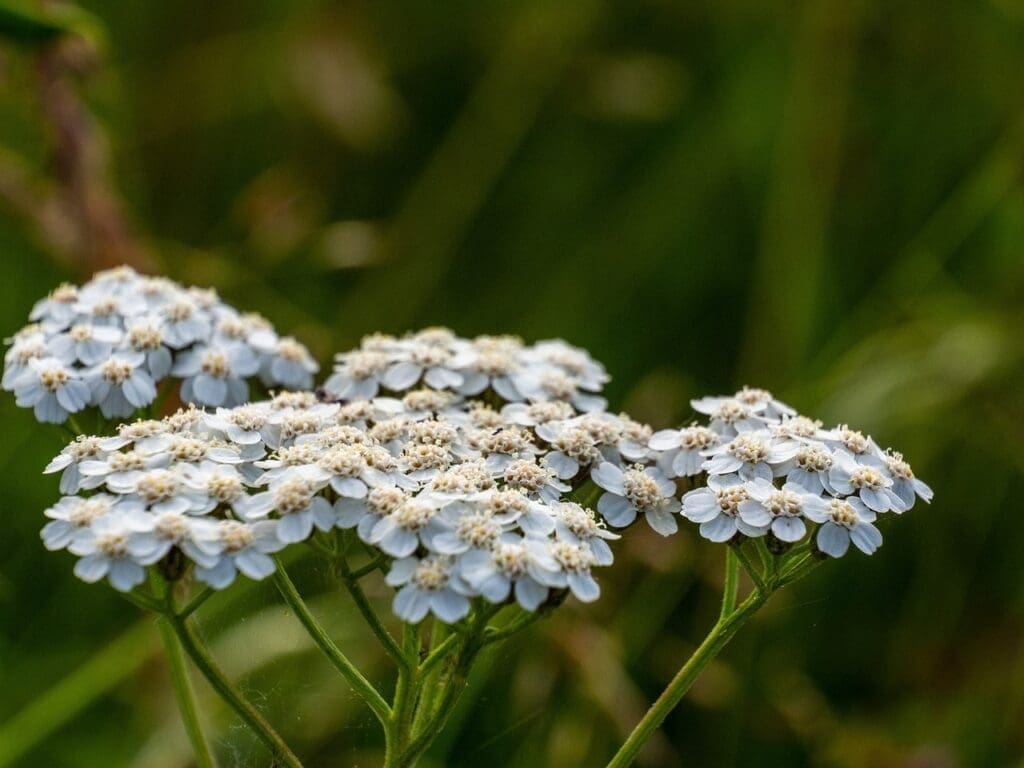

Yarrow is a versatile perennial with fern-like foliage and flat-topped clusters of small white or pink flowers that bloom all summer. It grows well in full sun and poor soil. The drought-resistant foliage has a sweet, herbaceous aroma. Yarrow attracts beneficial insects to the garden.
3. Black-eyed Susan (Rudbeckia ‘Goldsturm’)


This Rudbeckia variety has golden yellow daisy-like flowers with dark brown centres that bloom from midsummer into fall. It grows well in full sun to partial shade and various soil types. Black-eyed Susans attract pollinators and provide seed for birds in winter. Deadheading prolongs bloom time.
4. Woodland Sage (Salvia nemorosa)
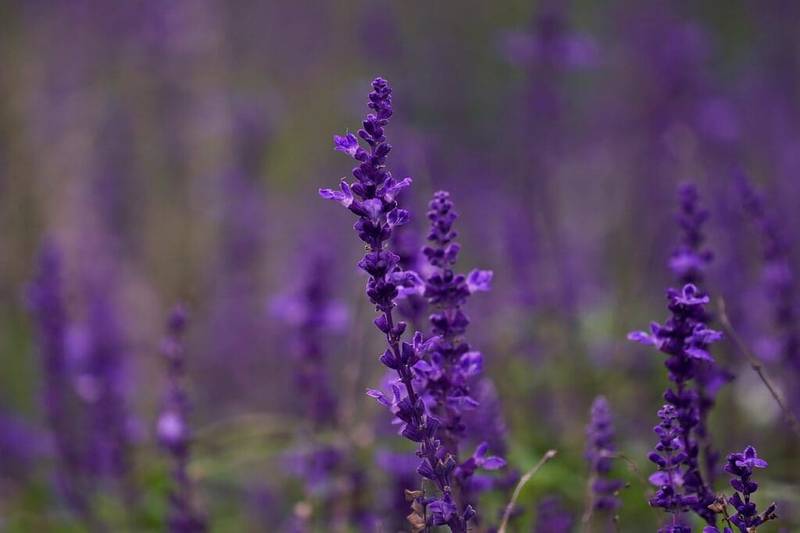

Woodland sage features spikes of purple-blue flowers in early summer above aromatic, grey-green foliage. It thrives in full sun and well-drained soil. This drought-tolerant sage attracts bees and butterflies. Light pruning after blooming encourages bushy growth.
5. Foxgloves (Digitalis)


Foxgloves are biennials or short-lived perennials prized for their tall spires of tubular flowers in shades of pink, purple, yellow or white. They thrive in partial shade with moist, well-drained soil. Foxgloves attract hummingbirds and bees. The self-seeding plants add vertical interest to gardens.
6. Columbine (Aquilegia)
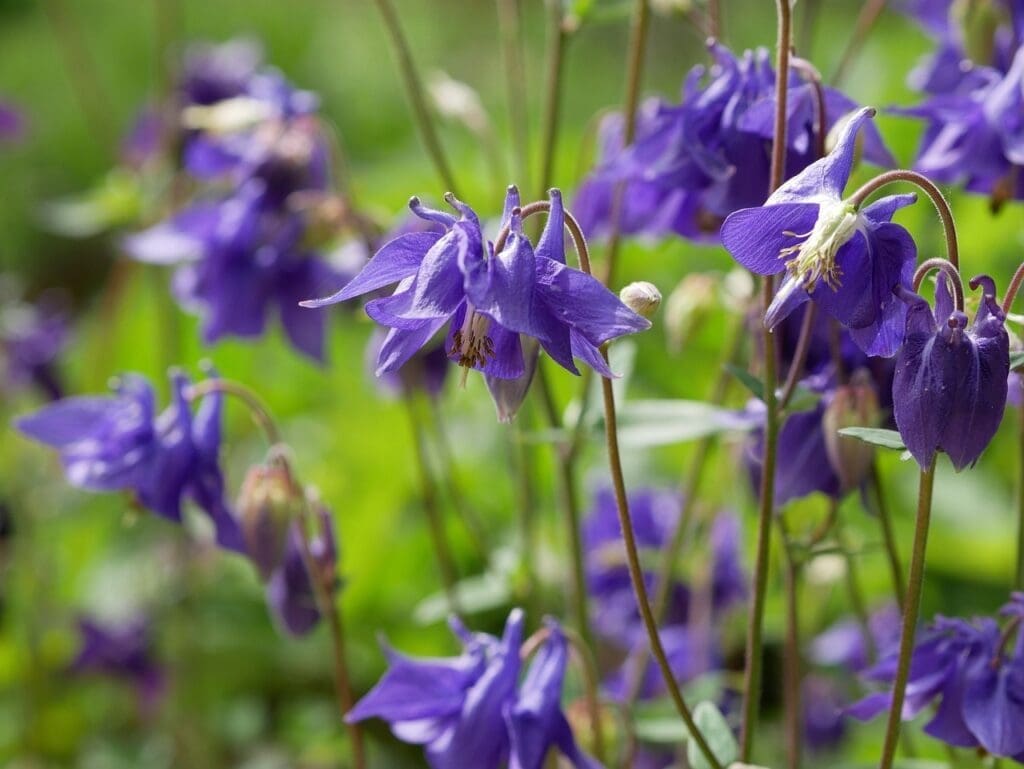

Columbines produce colourful nodding flowers in late spring above attractive, mounded foliage. They grow well in partial shade with moist, well-drained soil. Columbines attract hummingbirds and butterflies. Self-seeding helps them naturalize in woodland gardens.
7. Astilbe (Astilbe spp.)


Astilbes are shade-loving perennials prized for their plume-like blooms in white, pink or red on fern-like foliage. They require consistently moist soil and partial to full shade. The dense roots help prevent erosion. Astilbes work well in rain gardens, shady borders and woodland settings.
8. Lupins (Lupinus spp.)


Lupins produce tall, impressive spikes of pea-like flowers in late spring and early summer. They thrive in full sun to partial shade in well-drained soil. Lupins attract bees and other pollinators. Cutting back spent flower spikes promotes reblooming.
9. Lavender (Lavandula)
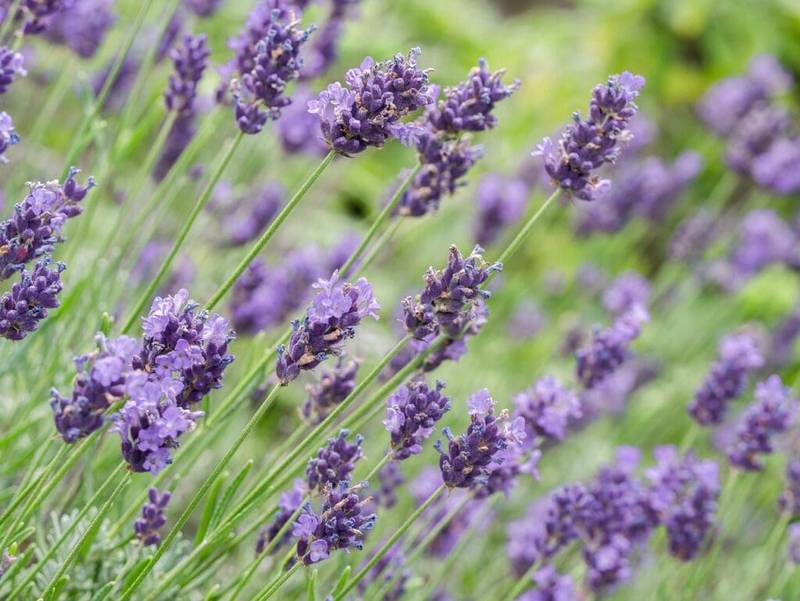

Lavender is a woody perennial herb prized for its fragrant purple flower spikes and grey-green foliage. It thrives in full sun and well-drained alkaline soils. Lavender attracts pollinators. Pruning lavender correctly helps maintain its compact shape. Avoid overwatering this drought-tolerant plant.
10. Cranesbill Geranium (Geranium sanguineum)
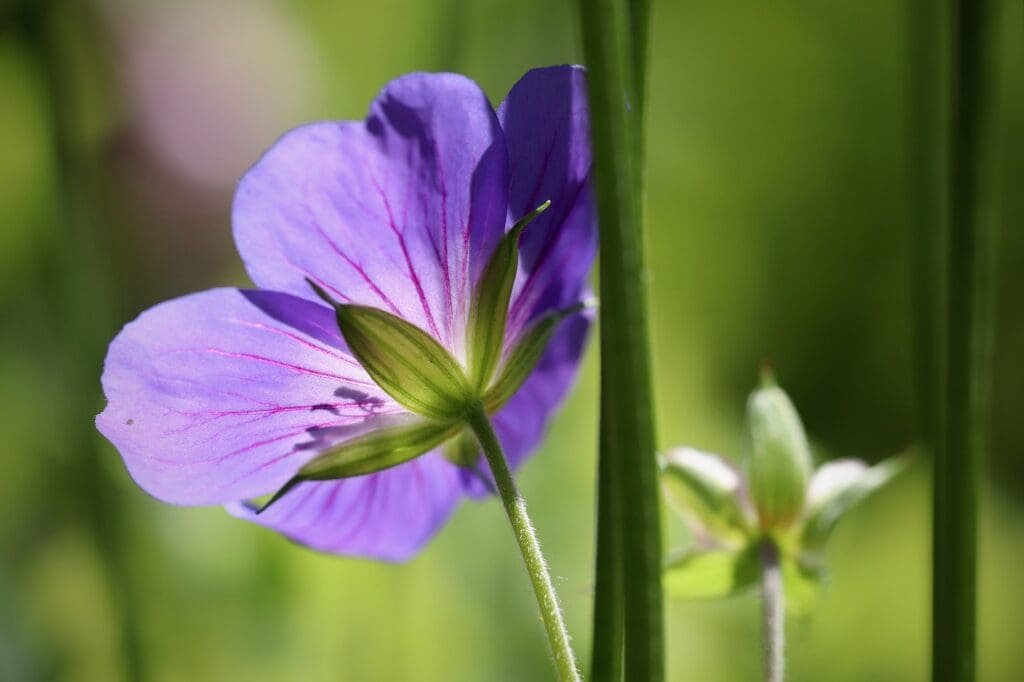

This hardy Geranium has saucer-shaped pink to purple flowers that bloom all summer above deeply cut, mounded foliage. It grows well in sun or partial shade and various soils. The spreading roots form an attractive groundcover. Cranesbill geraniums attract butterflies and require little care.
11. Helenium ‘Moerheim Beauty’
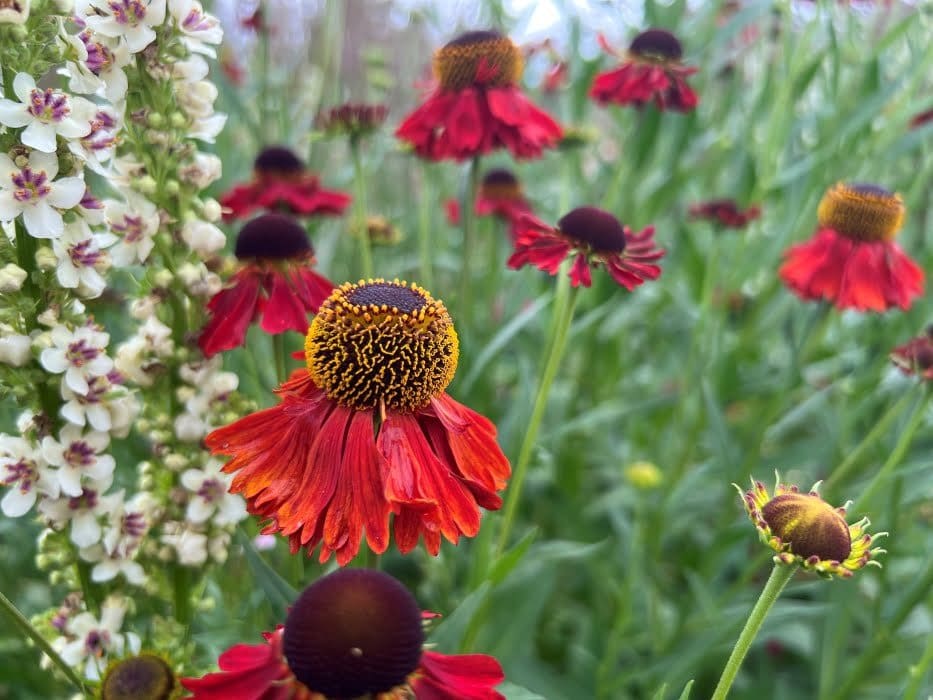

Helenium ‘Moerheim Beauty’ is a striking perennial known for its vibrant, deep orange-red flowers with a prominent, brown central cone. Blooming from mid to late summer, this plant adds a splash of warm color to gardens and attracts bees and butterflies. It thrives in full sun and well-drained soil, making it a delightful addition to borders and wildlife gardens.
Designing a Wild Garden with Perennial Plants
When designing a wild garden, aim to recreate the layered structure of natural environments. Use perennial plants to provide:
- Tall canopy layers: Trees and large shrubs like serviceberry, redbud and viburnum establish an overstory canopy.
- Mid-level layers: Large perennial grasses and wildflowers like joe pye weed, ironweed and switchgrass create structure.
- Groundcover layers: Low-growing perennials like wild strawberry, creeping phlox and foamflower form carpets.
- Vertical accents: Vines, tall perennial grasses and large flowers add height. Clematis, rosemallow hibiscus and switchgrass clumps work well.
Incorporate diverse heights, shapes, colours and bloom times. Allow plants to intermingle and self-seed for natural effects. Use curved beds rather than straight lines. Scatter boulders, branches and water features for added interest. Significantly, ensure your design provides ecological value such as:
- Food and shelter for birds, pollinators and other wildlife.
- Native, nectar-rich flowers to support bees, butterflies and hummingbirds.
- Seeds and fruits for birds to forage.
Caring for Perennial Plants in Wild Gardens
The lower maintenance needs of perennial plants make them well-suited for wild gardens. Allow nature to take its course as much as possible when caring for perennials.
- Watering: Deeply water new plantings. Established natives only need watering during severe drought.
- Weeding: Hand pull invasive weeds but allow space for native plants to self-seed.
- Pruning: Only prune dead stems in spring. Leave spent blooms and seed heads for wildlife.
- Fertilizing: Avoid fertilizers which can promote weeds and invasive plants.
- Pest control: Pick off pests by hand or use organic sprays like neem oil as needed. Attract birds for natural pest control.
- Leaving litter: Allow leaf litter to remain on beds to provide natural mulch.
Let your wild garden evolve organically over seasons. The well-adapted perennials you chose will flourish with minimal care. Sit back and enjoy watching your native plant oasis take shape.
Frequently Asked Questions about Perennial Plants in Wild Gardens
Q. What are the best perennial plants for shade in wild gardens?
Great shade-loving perennial plants include astilbe, hosta, coral bells, ferns, wild ginger, foxgloves, and Solomon’s seal. Purple coneflower, bee balm and daylilies also tolerate partial shade.
Q. How can I attract pollinators and wildlife to my wild garden using perennial plants?
Choose native plants with pollen-rich flowers like coneflower, asters, and milkweeds. Allow dead stalks and seed heads to provide food and shelter over winter. Include water sources like small ponds. Avoid pesticides.
Q. How often should I water perennial plants in my wild garden?
Newly planted perennials need weekly watering for their first season. Established natives only need supplemental water during severe drought, if rainfall is less than 1 inch per week.
Q. Do I need to fertilize perennial plants in my wild garden?
Fertilizers are rarely needed, as native perennials are adapted to local soils. Excess fertilizer can cause invasive weeds and alter soil ecology. Only use organic fertilizer if plants show signs of nutrient deficiencies.
Q. How can I control pests and diseases in my wild garden without using harsh chemicals?
Handpick pests, use organic neem oil, and attract birds to naturally control pests. Space plants properly and provide good drainage to prevent diseases. Fallen leaves provide natural mulch to suppress weeds.
Final thoughts
Creating a wild garden with perennial plants provides a self-sustaining, vibrant habitat that benefits local biodiversity. Hardy native perennials require minimal care while giving structure and seasonal interest. Allow nature to take its course while guiding your garden’s naturalistic evolution. The results will be a beautiful sanctuary for you and wildlife to enjoy for years to come.

